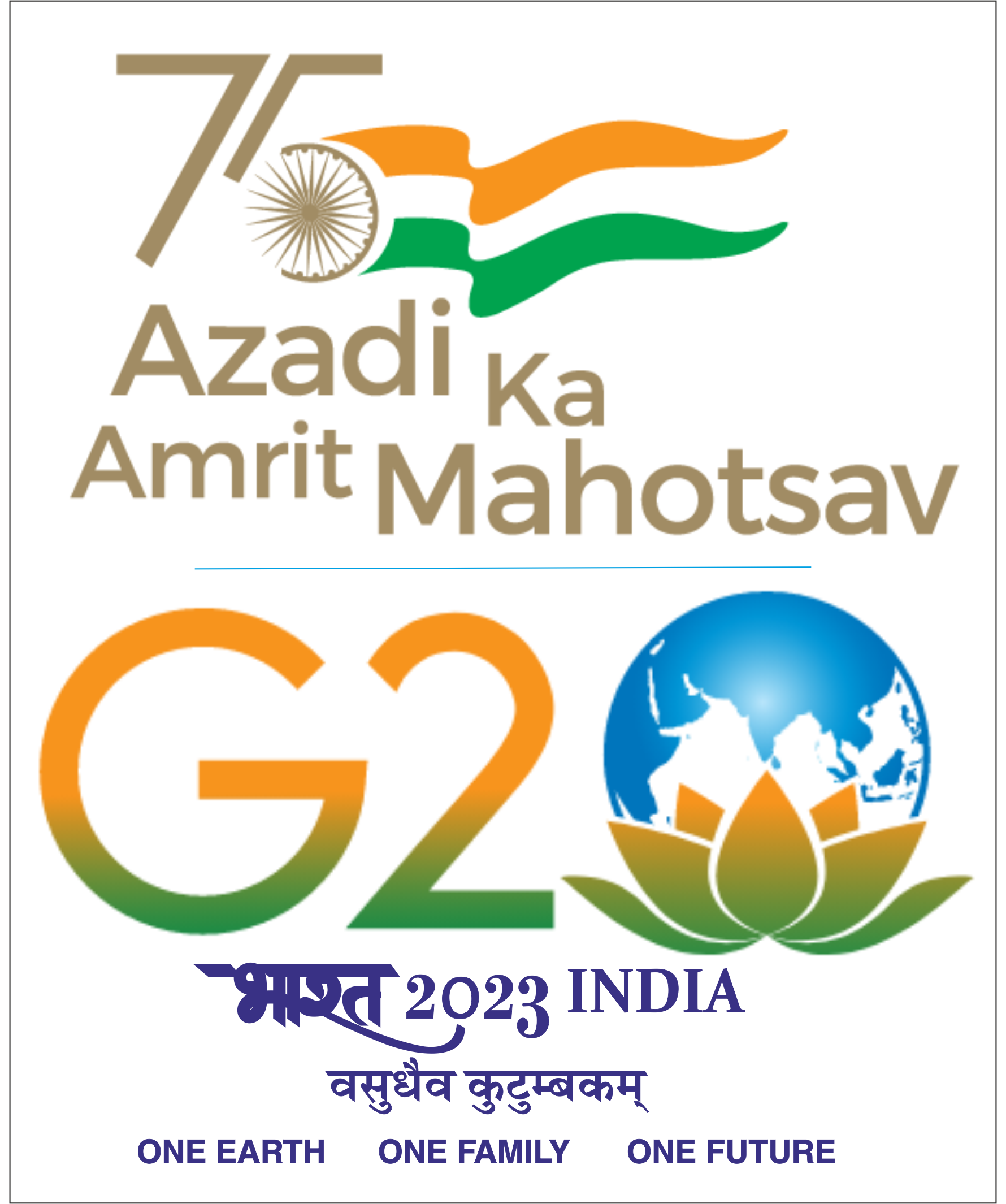Mr. Gokul Prasad will present his APS as per the detail below:
Date: 26th February 2025, Wednesday
Time: 1000 - 1130 hrs.
Mode: Online
link: https://monash.zoom.us/j/87266248380?pwd=9ATur0abMSR41zIky6Xh0dWNLNLWON.1
Guide: Prof. Pennan Chinnasamy (IITB) and Prof. Ian Cartwright (Monash University)
RPC Members: Prof. Bellie Sivakumar (IITB) and Prof. Adam Kessler (Monash University)
Title: Groundwater depletion scenario for rural India: using isotopes and modelling
Abstract:
Groundwater is a critical global freshwater resource, with India being the largest user. Understanding groundwater sources, origins, transit times, and recharge processes is essential for developing accurate predictive models to ensure sustainable groundwater management. This study employs a multidisciplinary approach using environmental isotopes (δ²H, δ¹⁸O, and ³H) and major ion geochemistry to investigate groundwater sources in the Upper Godavari catchment and to provide a conceptual model of the catchment’s hydrological processes. Tritium (³H) activity in groundwater from Aquifer I (shallow aquifer, depth <30m) and Aquifer II (deep aquifer, depth >30m), as well as surface water, was used to estimate the mean transit time (MTT) under varying seasonal conditions using lumped parameter models (LPM). The tritium concentration in groundwater ranged from 0.64 to 7.6 TU, locally exceeding the estimated modern monthly rainfall average (2.85–6.45 TU). The highest ³H activity was observed in the post-monsoon season, whereas the lowest was recorded in the pre-monsoon season. Post-monsoon MTTs ranged from <1 year to 20 years, whereas pre-monsoon groundwater had higher MTTs of approximately 20-40 years. Stable isotopes shifted from post-monsoon signatures dominated by Indian monsoonal precipitation to evaporation-dominated pre-monsoon signatures. In particular, Aquifer I aquifers are affected by evapotranspiration and are vulnerable to water quality issues, such as nitrate contamination. These findings have important implications for sustainably managing water resources in the Upper Godavari catchment, especially in the face of projected changes in water usage and precipitation patterns due to climate change and in regions with comparable climate and hydrological conditions. Building on these insights, the study further explores surface water (SW) and groundwater (GW) interactions using numerical modelling. Preliminary simulation runs and calibration of the SWAT model showed R² values ranging from 0.55 to 0.6, indicating reasonable performance in simulating surface water processes. To better capture the integrated SW-GW interactions, the coupled SWAT-MODFLOW model was employed. This coupled approach is expected to provide a more comprehensive understanding of the system by combining the strengths of both models. The results from SWAT-MODFLOW will present appropriate scenarios for managing water resources in the Upper Godavari catchment, along with future recommendations for sustainable groundwater and surface water management under changing climatic and hydrological conditions. This integrated framework addresses the complexities of SW-GW interactions and supports informed decision-making for water resource management.





